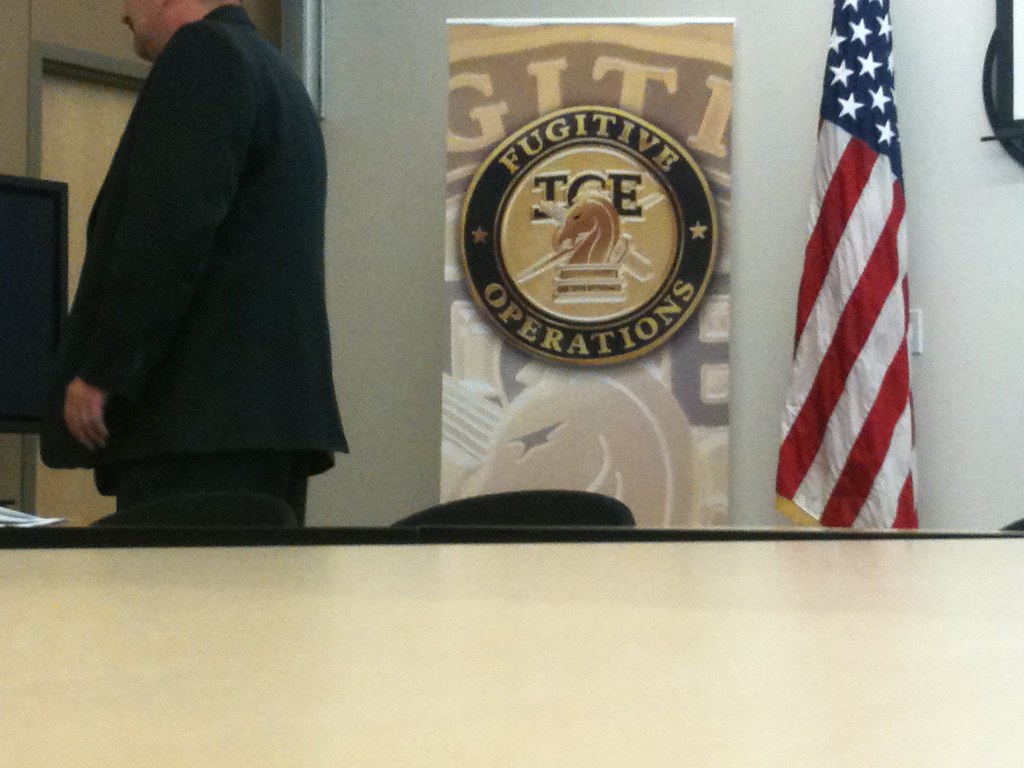Key takeaways
• Protesters at a suburban Chicago ICE facility faced tear gas, pepper spray, and detentions.
• Congressional hopeful Kat Abughazaleh says agents threw her to the ground twice.
• Local officials, including Evanston Mayor Daniel Biss and Lt. Gov. Juliana Stratton, joined the protest.
• Demonstrators vow to continue until “Operation Midway Blitz” ends.
• The clash spotlights clashes over First Amendment rights and President Trump’s deportation plan.
A protest at a US Immigration and Customs Enforcement facility in Broadview, Illinois, sparked chaos on Friday. Hundreds of people marched early near the building. They called for an end to forced deportations under President Trump’s “Operation Midway Blitz.” Yet ICE and Border Patrol agents fired tear gas and pepper balls at the crowd. They also detained several protesters and reportedly threw congressional candidate Kat Abughazaleh to the ground.
Key Moments Inside the ICE Protest
Early that morning, around 6:00 am, protesters linked arms along the sidewalk. Then agents advanced. They shouted that the First Amendment only applied to public space. Almost at once, officers unleashed tear gas and shot pepper balls. Many retreated, coughing and rubbing their eyes. Abughazaleh, a 26-year-old former journalist, says the agents threw her to the ground twice. She added some pepper balls struck her legs, and she expects a bruise.
Abughazaleh shared two videos on social media to back her claim. In one clip, officers detain someone off camera. In the other, a group pushes back a line of agents. She wrote that ICE violated protesters’ free speech rights. She warned that little accountability exists for agents who hide badge numbers or keep their faces covered.
Political Leaders Join the ICE Protest
Several high-profile Democrats stood alongside the crowd. Evanston Mayor Daniel Biss marched with protesters and called the ICE protest “shocking.” He described people being thrown down, teargassed, and pelted with pepper balls. He said agents placed cameras on rooftops to record the crowd.
Illinois Lieutenant Governor Juliana Stratton also attended. She stressed that peaceful protesters faced unnecessary force. She argued that people must speak up when “the Constitution is stomped upon.” Chicago Alderman Andre Vasquez joined as well, underlining the tension between ICE actions and human rights.
Kat Abughazaleh sees a clear link between local fights and national politics. She said the same power that threw her down now targets immigrant families. She’s running in the Democratic primary for Illinois’ 9th Congressional District. Abughazaleh wants to hold both President Trump and ICE director Tom Homan accountable in Washington.
Voices on the Front Lines
Organizers promise to stay until ICE ends its broad roundup of immigrants. They call the campaign “Operation Midway Blitz.” They say the effort tears families apart without due process.
Protester Britt Hodgdon said ICE did not make her community safer. She noted that neighbors vanish into detention without updates. She added that agents once killed a man, Silverio Villegas-Gonzalez, while chasing him. “If my right to free speech gets me tear-gassed, I’m not safe,” she said. “If my neighbors disappear into deportation, my neighborhood is not safe.”
These voices highlight why the ICE protest matters beyond Broadview. They challenge the belief that harsh enforcement protects public safety. Instead, they claim it breeds fear and distrust.
Why the ICE Protest Matters
This ICE protest shines a light on wider debates. Opponents of Trump’s deportation push argue it breaks constitutional rights. They say agents routinely hide badge numbers and use unmarked vehicles. They fear that unchecked power erodes justice for all.
Meanwhile, supporters of strict immigration enforcement see the operation as necessary. They argue it targets criminals and secures the border. Yet the line between safety and abuse worries many citizens.
Moreover, this clash influences a crowded Democratic primary for Illinois’ 9th District. With longtime Congresswoman Jan Schakowsky retiring, candidates scramble to position themselves. Abughazaleh used the incident to show she acts on her beliefs. Other hopefuls, like Evanston Mayor Biss, also took a stand. Their presence signals how central immigration has become in local politics.
What Comes Next
Organizers plan to keep protesting throughout Operation Midway Blitz. They aim to pressure ICE to release detained immigrants and stop raids. They also call on local politicians to demand transparency and accountability.
Abughazaleh said she’s not leaving as a candidate but as a neighbor. She emphasized that showing up matters, even when agencies try to intimidate. Stratton and Vasquez urged fellow Illinoisans to join rallies and speak out.
At the same time, ICE faces little public response from federal officials. The agency has not addressed the allegations of excessive force or clarified how many were arrested. That silence fuels concerns over oversight.
In the end, the ICE protest in Chicago’s suburbs may become a landmark moment. It could redefine how Americans view immigration enforcement on home soil. As long as agents push deportation raids, communities say they will push back.
Frequently Asked Questions
What is Operation Midway Blitz?
Operation Midway Blitz is ICE’s recent campaign to arrest and deport immigrants in the Chicago area. Agents target people without a recent criminal record. Critics say the effort breaks families apart and ignores due process.
Who is Kat Abughazaleh?
Kat Abughazaleh is a former media producer running in the Democratic primary for Illinois’ 9th Congressional District. She joined the ICE protest and says agents threw her to the ground twice. She uses her campaign to demand accountability for immigration enforcement.
Why did political leaders join the ICE protest?
Local officials joined to show solidarity with immigrant communities. They aim to highlight alleged abuses like unmarked vans and hidden badges. They also want to pressure ICE to stop aggressive tactics.
How can communities support the protest?
People can attend peaceful rallies, contact local representatives, and share firsthand stories. They can also volunteer with immigrant rights groups and donate to legal defense funds.

